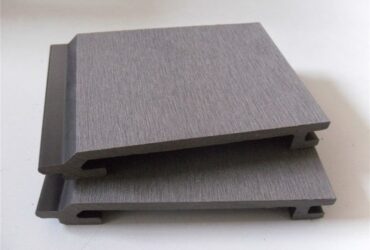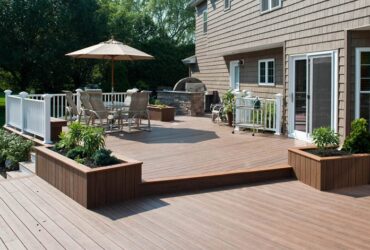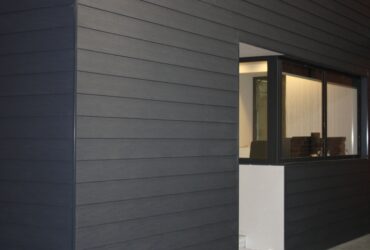Research Progress on Green Composite Materials of Degradable Plastics
Based on the current problem that the final product of wood plastic composite (WPC) is difficult to degrade, degradable WPC was studied, and the synthesis, properties and modification of degradable WPC were discussed.This paper reviews the modification methods of degradable WPC, and believes that modification should be carried out from the perspective of environmental protection;It is proposed that compared with traditional WPC, degradable WPC can shine in the direction of functional materials;Co-extrusion technology and foaming technology can effectively reduce the cost of degradable WPC; applying 3D printing technology to degradable WPC can provide personalized design and unique appearance.
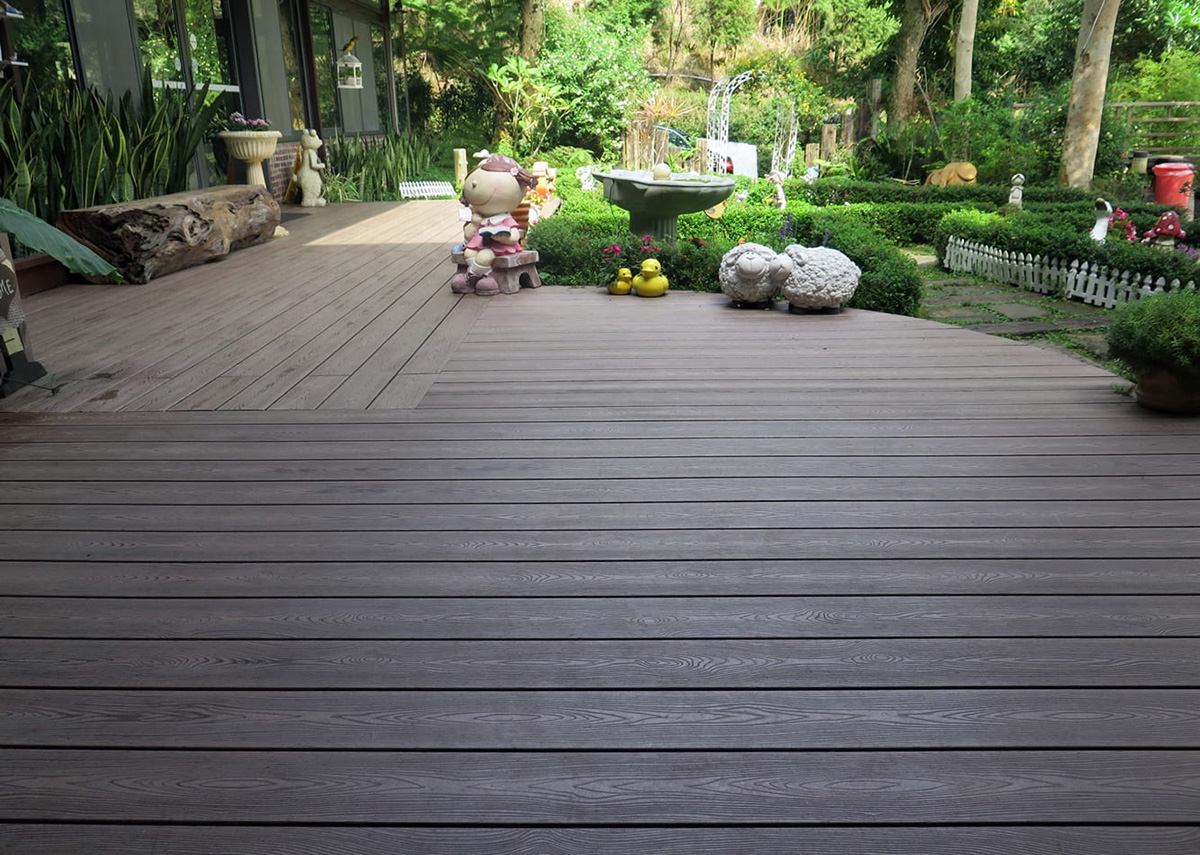
Traditional WPC has broad application prospects and can be used in construction materials, industrial materials, cultural and sports industries, transportation and packaging and other fields. WPC is the most widely used in the field of building materials and can be used in wood-plastic ceilings, wood-plastic floors, wood-plastic decorative lines and boards, wood-plastic doors and windows, and wood-plastic wall panels. Biodegradable WPC has green applications in the fields of building formwork, flooring, home furnishings, wall panels and other fields. Degradable WPC maintains good stability in the indoor environment, has the advantages of being insect-proof and formaldehyde-free, and has the potential to replace traditional wooden floors. Degradable WPC can also be developed in the direction of functional materials, such as flame retardant, anti-aging, waterproof, silent, etc. Wallboard materials are another widely used aspect of degradable WPC. It can be developed in the direction of simple installation, silent, flame retardant, moisture-proof, insect-proof, and heat preservation.
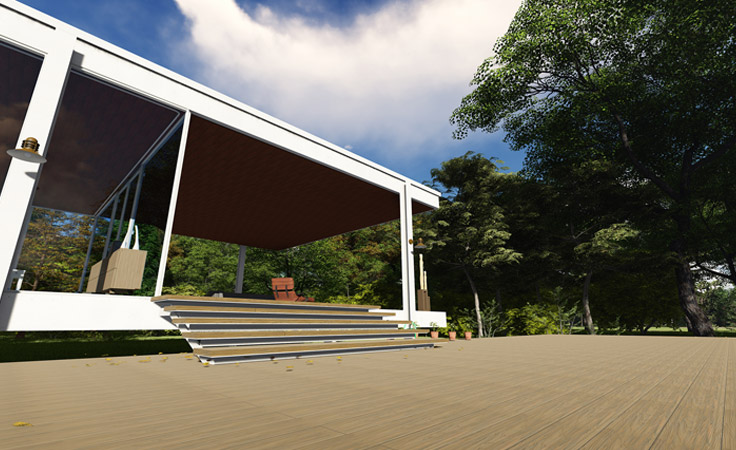
Since the wooden material itself can be degraded by microorganisms, degradable plastics can also be gradually cut into small molecules through photodegradation or biodegradation, thereby completely degrading. Using biomass materials and degradable plastics as raw materials to prepare WPC can alleviate white pollution and cope with the shortage of oil resources. However, the performance of degradable WPC itself always has certain defects. Improving the performance of degradable WPC can be considered from three major aspects: plastics, wood raw materials and additives (plasticizers, modifiers and other materials, etc.). The performance of the degradable plastic itself is often enhanced through physical, chemical, and blending modifications, thereby achieving the effect of enhancing the performance of degradable WPC.
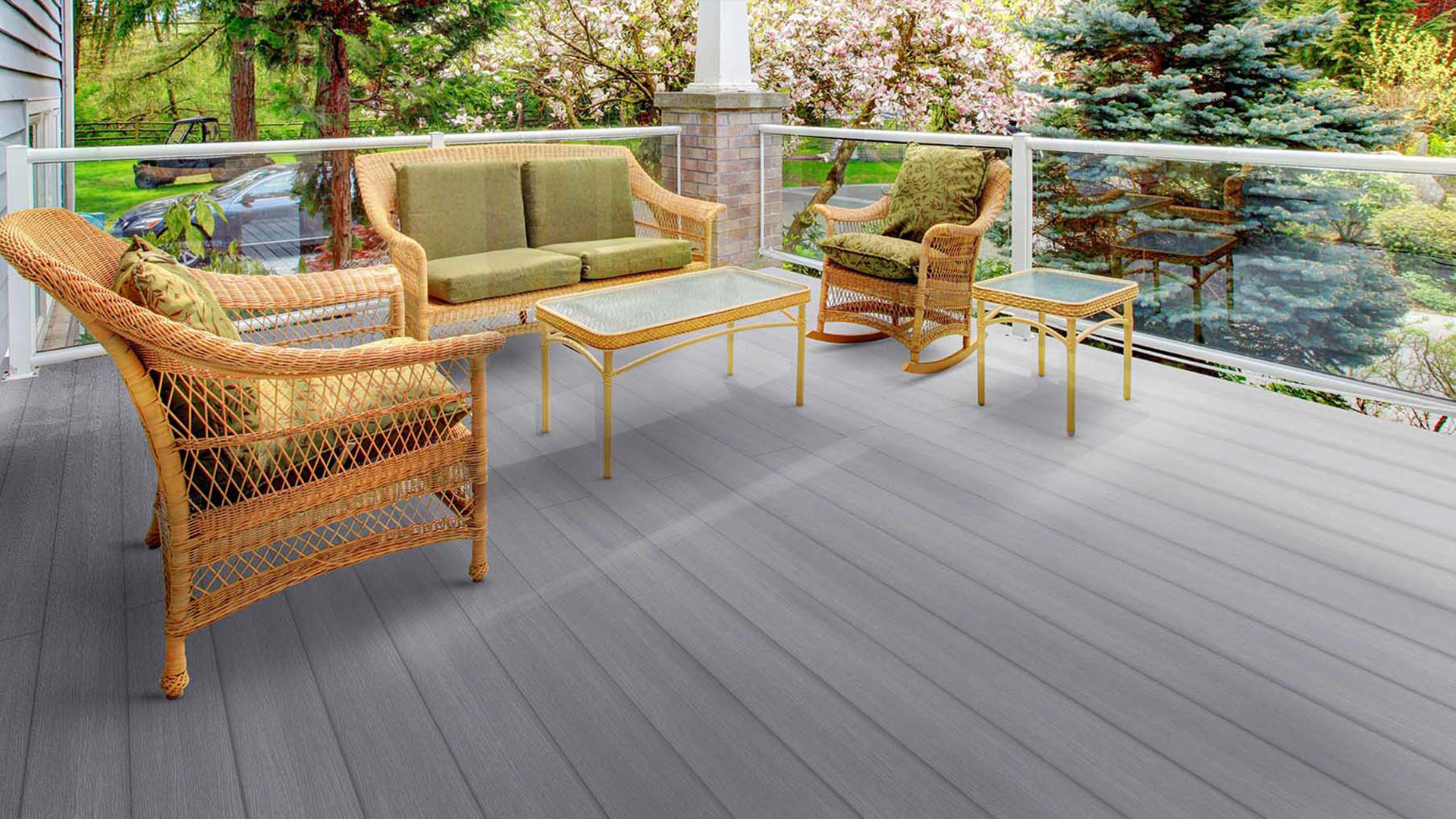
(1) Degradable WPC can make complete degradation of WPC a reality.
(2) The high cost of degradable WPC has become a major problem that prevents it from being put into industrial production. This problem can be solved through melt blending technology, co-extrusion technology, foaming technology and the optimization of degradable plastic production processes.
(3) Biodegradable WPC can obtain high added value through 3D printing technology.
(4) While carrying out modification, we should also pay attention to environmental protection. If we blindly pursue good performance, it will violate the original intention of researching green composite materials in the first place.


